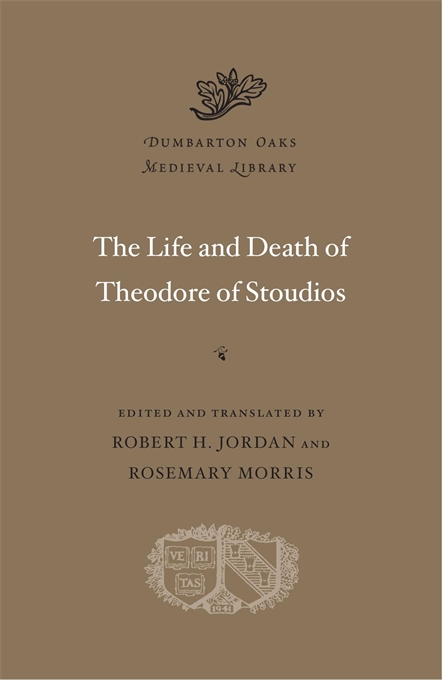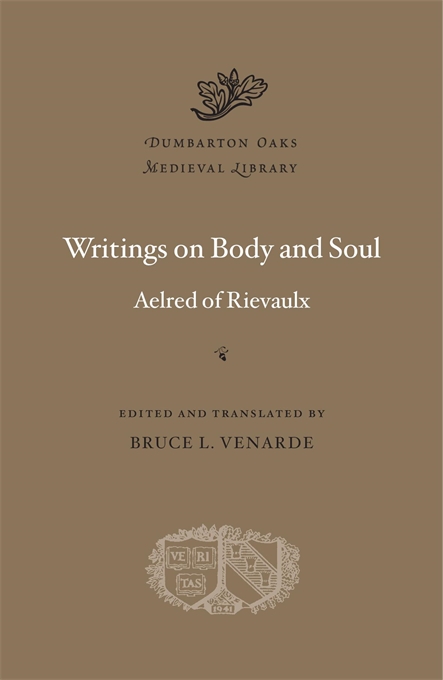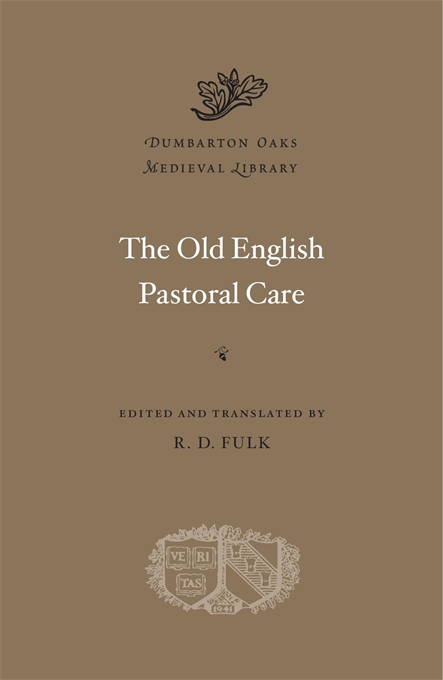In 2009 Wesleyan professor Michael Roberts published an illuminating monograph on the poetry of Venantius Fortunatus [The Humblest Sparrow] in which he argued cogently for the sixth-century Fortunatus as a bridge from the late classical to earlier medieval periods. The hefty volume to hand with eleven books of poetry includes well-loved hymns as well as figure poems, epigrams on miracles, and elegies in the voices of abandoned or exiled women, epitaphs, georgics, consolations, and religious poems.
Creative and ingenious metaphors and wry, self-mocking humor, with wordplay and allegory too, have doubtless meant Fortunatus’s place in the canon of Christian Latin poets was assured. Commissions from influential patrons flowed his way, assuring prominence and, of course, ultimate survival of his work. In the end, one might call him the poet laureate of the Merovingian era. Drawing on antecedent editions by Reydellet and Di Brezzano, et al., this nearly faultless edition and translation of Fortunatus by Roberts will doubtless stand the test of time, bringing on a new wave of interest in the poet.
Raymond J. Cormier
Mediaevistik




